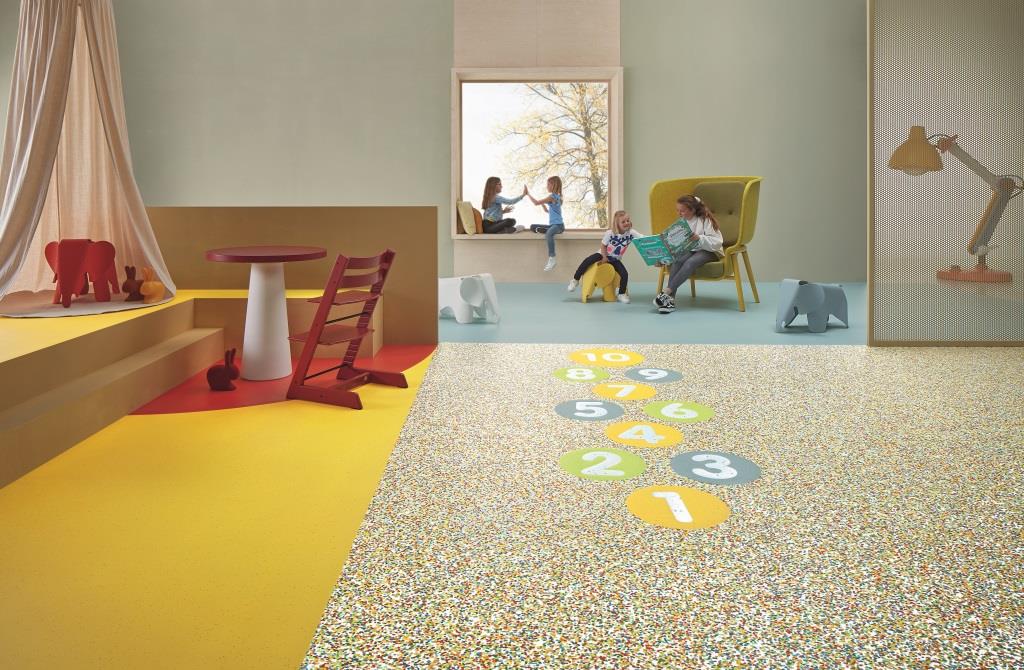
Chris Rand, segment marketing manager for healthcare at Forbo Flooring Systems, discusses the factors that must be considered when it comes to choosing floor coverings for healthcare settings
It has been well documented that stress, depression, and anxiety can all have a negative effect on health, and much work is now being done by hospitals to step away from the stereotypical, institutional healthcare designs, which do little to inspire recovery and can seriously impact patient wellbeing.
Instead, designers are opting for warmer, more-inviting and comfortable interiors that almost have a ‘home from home’ feel.
However, creating such environments is not an easy task, as furniture and interiors must stand up to the rigorous standards of hygiene, safety, and ease of maintenance that hospitals demand.
Although floors are only one part of a healthier and more-comfortable environment, they play an important role not only in design; but they also contribute to improved indoor air quality, reducing the impact of sound, and helping to create clean and colourful environments to support the overall experience.
So, what are the most important factors to consider?
Indoor air quality
Public Health England estimates that air pollution is responsible for between 28,000-36,000 deaths a year, costing the healthcare sector £20billion annually.
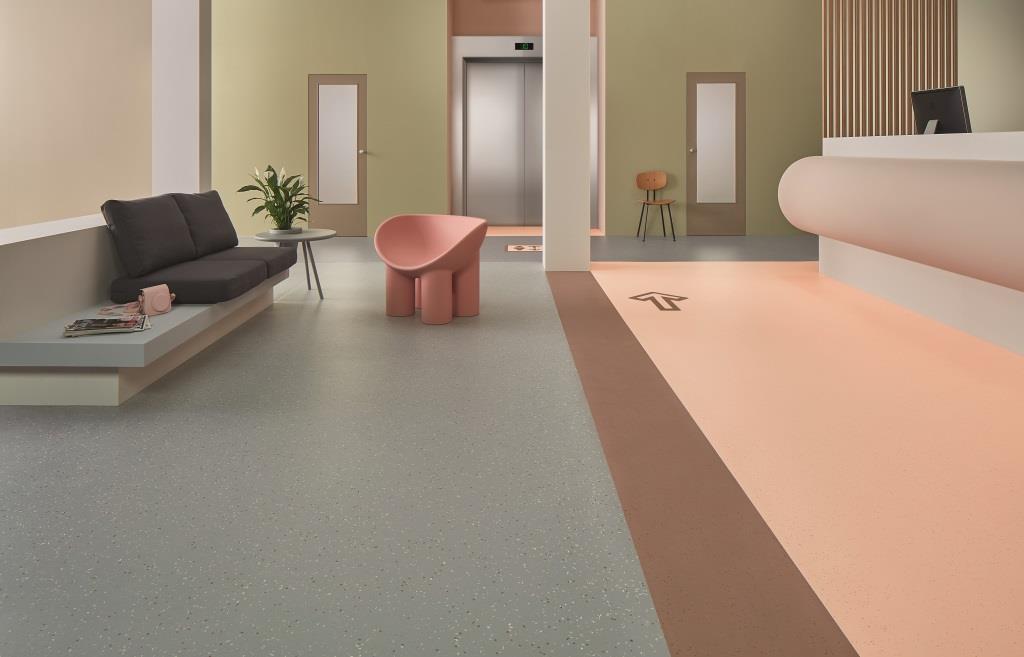
So, with this in mind; ensuring good indoor air quality (IAQ) is crucial, as the patients, staff, and visitors will all be directly impacted.
Factors that contribute to the creation of a comfortable internal environment involve lighting, humidity, cleanliness, temperature, and the presence of chemicals and other contaminants, including indoor allergens.
Indeed, there are floor coverings available on the market that are phthalate free and are low in volatile organic compounds (VOCs) in order to improve the IAQ of buildings.
Durability
Hospitals experience heavy traffic, so flooring should be capable of withstanding all types of traffic and demands that hospital floors are typically subject to, such as heavy equipment, including trollies, patient mobility aids, and constant footfall.
As floors take a regular pounding, it is vital that floor coverings are also easy to clean, while continuing to maintain their appearance and performance properties for years to come.
As such, a floor covering acquiring a specialist topcoat that will prevent staining, scuffing, and scratching, as well as be resistant to chemicals, will ensure a hospital floor that will last over time.
Colour
The colour white, depicting clean and sterile, is long associated with healthcare.
However, as healthcare design evolves and becomes more sophisticated, the clever use of colour palettes is growing in importance, not only for the psychological impact on a patient, but it is also key for navigation and wayfinding around the building.
For those that are visually impaired, colour contrast can play a big part as cognitive and perception problems can lead to falls and increased anxiety.
Although responses to colour may vary depending on the age and gender of a patient, it is often thought that warmer colours activate and energise people – ideal for children’s wards – while cooler tones are connected with a calmer and more-relaxing atmosphere – suitable for main wards and intensive care units.
Light Reflectance Values
What’s more, a floor covering that has a high Light Reflectance Value (LRV) rating should be considered.
A high-LRV-rated floor covering will allow optimum light to reflect off the floor and brighten the space efficiently.
Creating a connection between the outdoor and indoor environment can also help to leave visitors with the feeling that these buildings are highly accessible and welcoming.
A new generation of vinyl flooring
Vinyl flooring is increasingly being specified for healthcare environments, for a variety of reasons.
Forbo Flooring Systems has recently launched the second generation of its premium homogeneous vinyl sheet collection, Sphera Energetic.
The dynamic new range now consists of four design families – Uni, Vivid, Shimmer and Confetti – with each one offering an array of beautifully-balanced designs to help create fresh, contemporary interiors, while still retaining its exceptional durability properties.
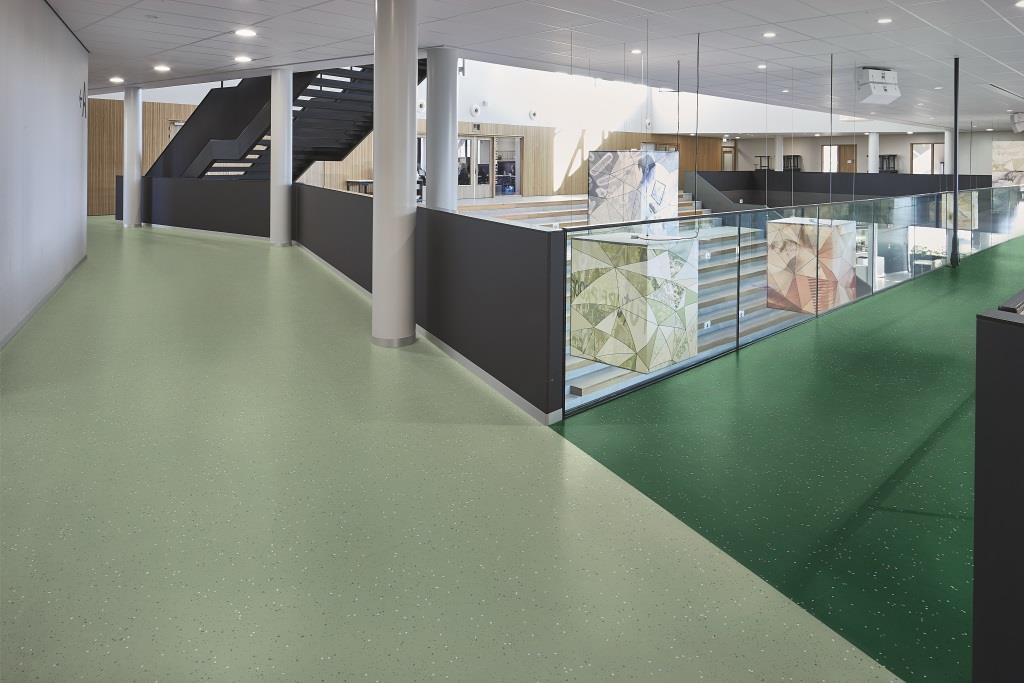
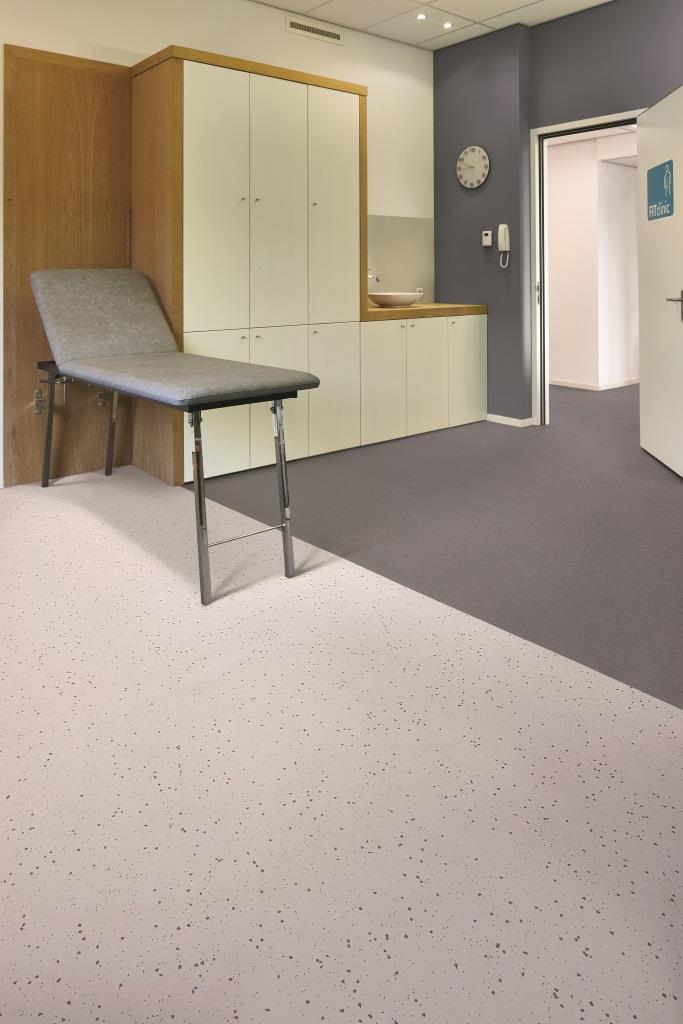
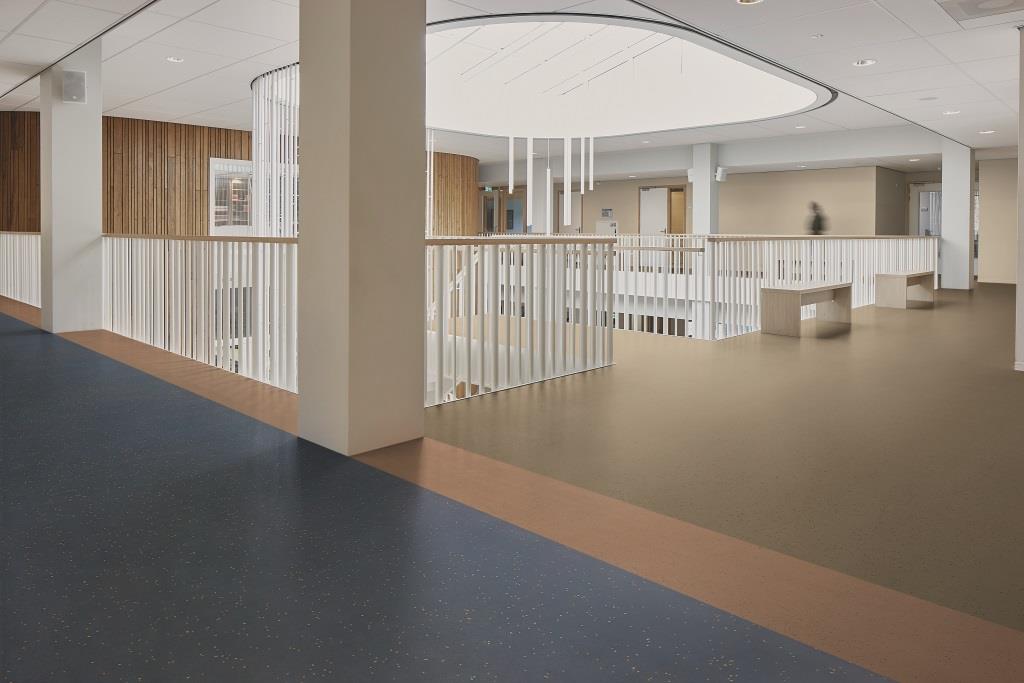
The chips throughout each design add a new dimension to homogeneous vinyl, while also helping to effectively hide dirt in areas where heavy footfall is expected.
What’s more, the colour palette of the entire range offers high Light Reflectance Value (LRV) ratings, which will maximise light within a building.
Although the designs have been refreshed, Sphera Energetic still retains its durability characteristics. Thanks to its SMART-top surface protection, it combines stain and scratch-resistant properties with superior appearance retention to ensure the floor looks and performs well for healthcare end users of today and the future.
And the collection is manufactured using 100% renewable electricity and with minimal waste, thanks to Forbo’s efficient state-of-the-art production process.